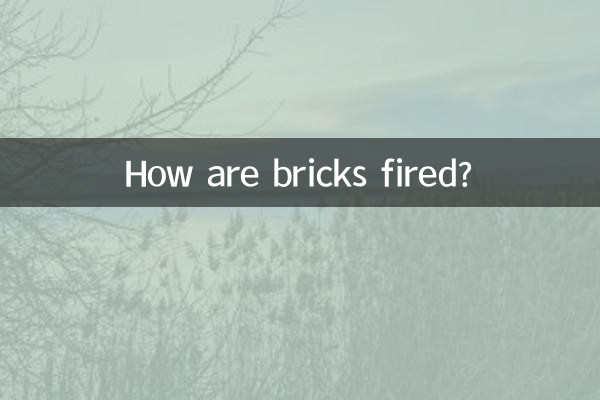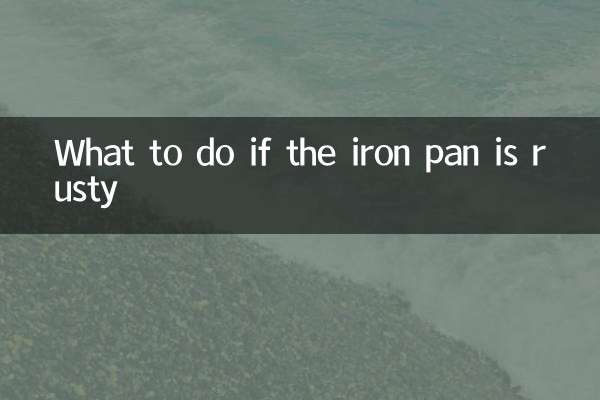How are bricks fired?
In the past 10 days, discussions about building materials and traditional craftsmanship have continued to rise across the Internet, with the brick-making process in particular becoming one of the hot topics. This article will combine recent hot topics and introduce the brick firing process in detail in the form of structured data.
1. Overview of the brick making process

The firing of bricks is a complex process, which is mainly divided into the following steps:
| step | content | time |
|---|---|---|
| 1. Raw material preparation | Clay, shale, etc. | 1-2 days |
| 2. Forming | Pressed or hand formed | 1 day |
| 3. Dry | Natural or artificial drying | 3-7 days |
| 4. Firing | High temperature kiln firing | 5-10 days |
| 5. Cool down | natural cooling | 2-3 days |
2. Raw material preparation
According to recent discussions across the Internet, the selection of raw materials for bricks is the key to successful firing. Common ingredients include:
| Raw material type | Features | applicability |
|---|---|---|
| clay | Strong plasticity and easy to form | Universal |
| shale | High hardness, high temperature resistance | high strength brick |
| gangue | Waste utilization, environmental protection | Environmentally friendly bricks |
3. Firing process
Firing is the most critical step in brick making. Recently, there has been a lot of discussion on the Internet about the comparison between traditional kiln firing and modern kiln firing:
| Firing method | temperature range | Features |
|---|---|---|
| traditional earthen kiln | 800-1000°C | Low cost, but low efficiency |
| tunnel kiln | 1000-1200°C | Continuous production, high efficiency |
| Modern electric kiln | Can be precisely controlled | Environmentally friendly, but costly |
4. Brick quality standards
According to the latest national standards and discussions across the Internet, high-quality bricks should have the following characteristics:
| index | Standard value | Test method |
|---|---|---|
| Compressive strength | ≥10MPa | stress test |
| water absorption | ≤20% | Immersion test |
| Dimensional deviation | ±2mm | measuring tools |
5. Environmental protection and innovation
In the past 10 days, the production process of environmentally friendly bricks has become a hot topic. The data shows:
| Environmentally friendly process | Emission reduction effect | Application |
|---|---|---|
| Add rice husk ash | Reduce energy consumption by 30% | experimental stage |
| solar drying | Zero emissions | Application in some areas |
| 3D printed bricks | Reduce waste | Cutting edge technology |
6. Conclusion
Although the brick making process has a long history, with the development of science and technology and the improvement of environmental protection requirements, this traditional industry is undergoing profound changes. It can be seen from recent online discussions that people have shown great interest in the inheritance and innovative development of traditional crafts. In the future, brick firing technology will continue to develop in a more efficient and environmentally friendly direction.
Through the above display of structured data, we can clearly understand the complete firing process of bricks from raw materials to finished products, as well as the latest development trends of the current industry.

check the details

check the details